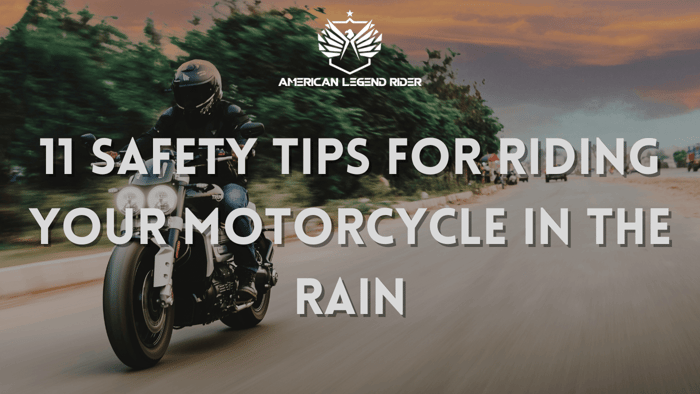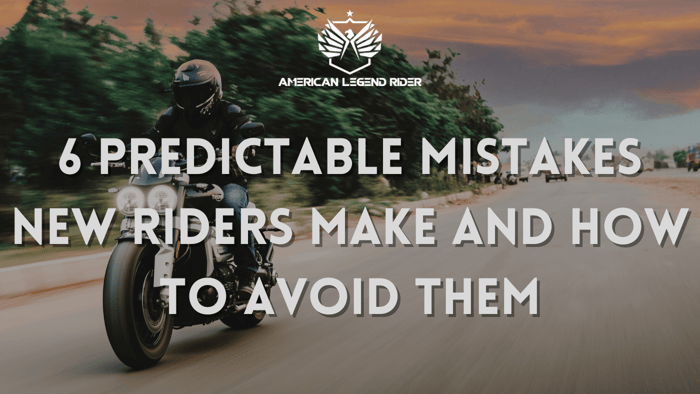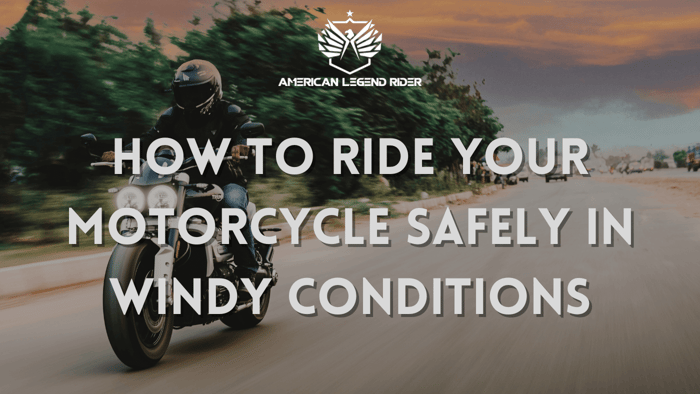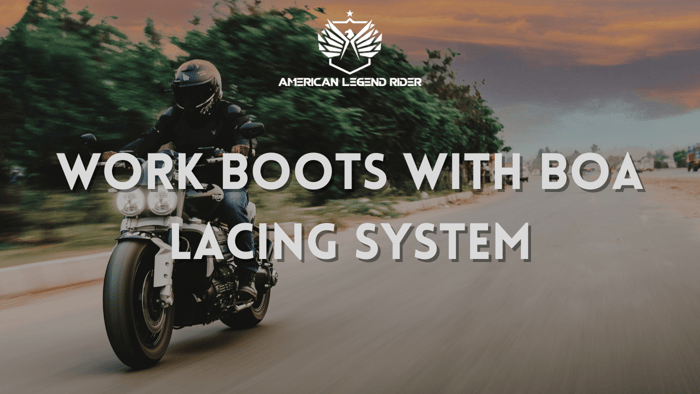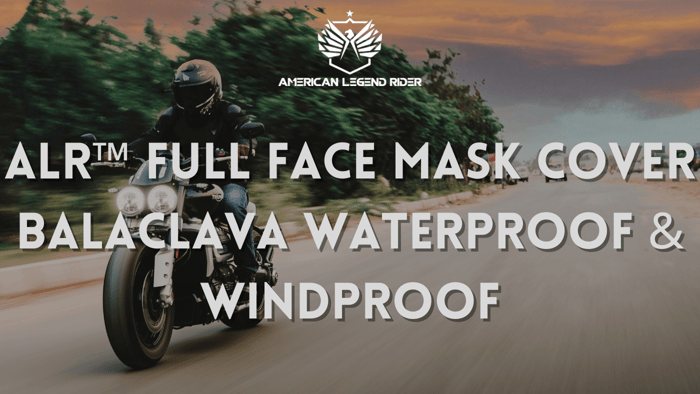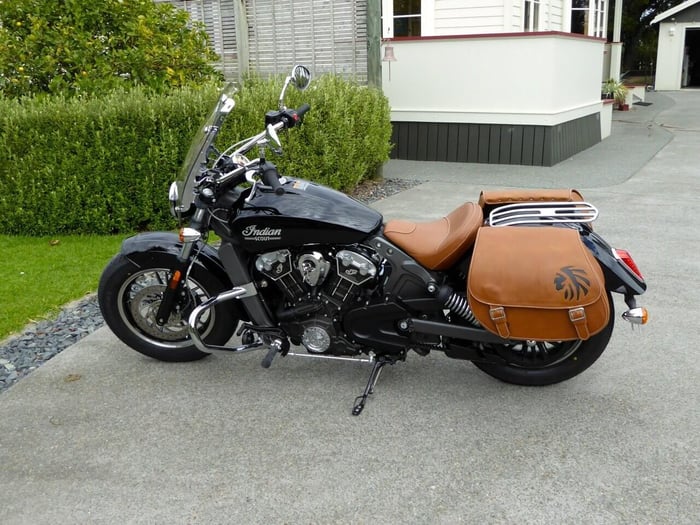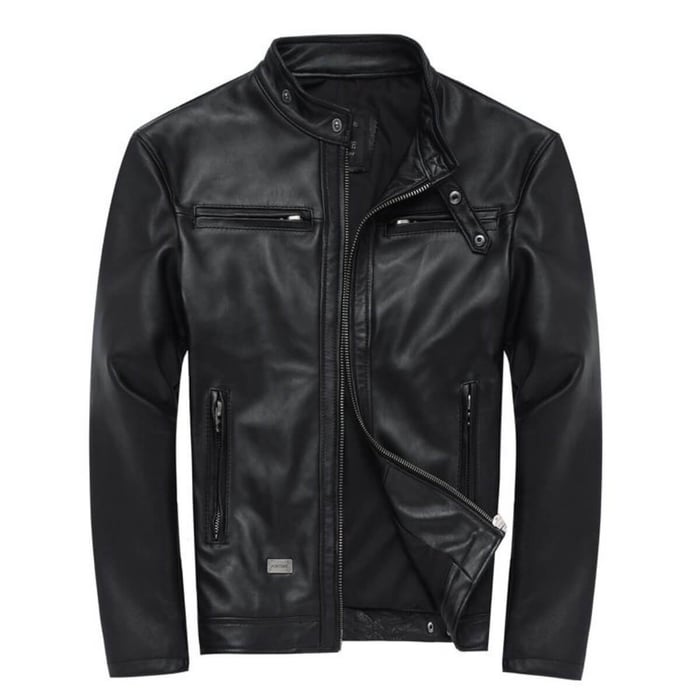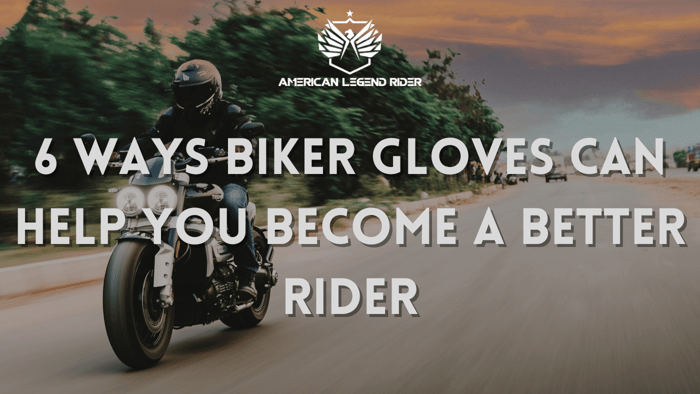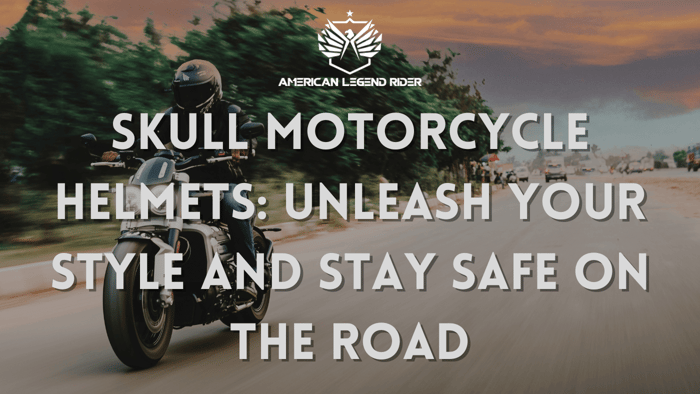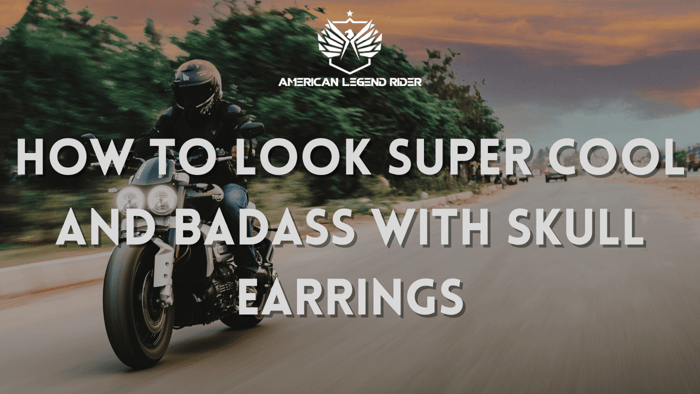Riding in the rain can be scary for some people, but for others, it's an exciting challenge. It all depends on how you approach it. When tackling the slippery road on a wet day, your mental preparation is just as important as your physical skills.
One thing I particularly like about riding in the rain is that it requires you to practice for any riding. If you are a new motorcycle rider, you will need to stay calm and ensure smooth travel. If you are the type of people who hang their helmets when the weather turns glum, then this article might change your perception of riding in the rain. With a handful of adjustments and riding gear techniques, you will soon be longing to hit the asphalt on a cold, wet surface.
1. Avoid puddles at all cost
From afar, puddles look like fun mini-ponds that you could easily splash through and feel satisfied with yourself. But that splash-able mini-pond could be hiding a pothole one foot deep and all kinds of troubles. You don’t want to crash your bike in a pothole and cause a big jolt in the front suspension or damage your rim. However, if you are left with no other option other than riding through the puddle, make sure your bike is upright and hold the throttle steady. Fly through the muddle.
2. Stay calm always
Always stay calm and avoid making sudden decisions like braking, accelerating, and sudden steering. You will need all the traction you can get on wet weather conditions. Remember that the road is slippery, and you’ve got limited traction. Quick and sudden maneuvers will effectively reduce your traction and cause you to slip. Make all your inputs seamless and smooth. Avoid hard braking, or do it progressively if there’s any need. Begin by gradually pressing the lever to compress the suspension and then press the brake lever harder until you’ve slowed down enough.
3. Avoid shiny surfaces
Shiny surfaces like painted lines, metal plates, and utility hole covers can be extremely slippery in the rain. If you are unable to avoid coming in contact with such surfaces, avoid hard braking or acceleration. You should avoid sudden inputs, which can cause you to roll over. Also, watch out for extra slippery spots on the road. A case in point is the oil spills that often occur on the street, forming rainbow colors. These spots are slicker than you might estimate them to be and will cause you to slip.
4. Stay off railroad crossings
Railroad tracks are incredibly slick during the rain and very unsafe when you decide to take them on. It is always advisable to approach railroad tracks on a close to perpendicular angle and close on. Climbing the rail tracks at an angle will make your front and rear wheels to slide against the metal railing.
5. Focus on one thing at a time
Under normal riding conditions, it is acceptable to perform multiple actions at once, such as shifting, accelerating, or trail braking while making a turn. However, this should not be the case in wet weather. For instance, you should finish your deceleration before turning into a corner. This will reduce the traction demands on your tires and give you better control of the bike.
6. Avoid the death grip
Quite often, you may want to tighten your grip on the handlebars in a bid to control the movement of the bike. But this is counterproductive to what you want to achieve. First, when you stiffen up, you will end up tiring faster. This will also exaggerate the effects of the little maneuvers that you make. When you fail to loosen up, your bike’s suspension will not work in optimum condition to ensure safety and control. You may end up swerving and losing balance when you hit small bumps and wiggles on the road.
7. Open trailing distance
Take it easy, drive slow, and open up the trailing gap of the vehicle in front to a considerable distance. Braking in wet weather requires longer stop distances, and you need to take into account the limited traction that you have. Choose your lines carefully, scan the road ahead, and then make a move with all the things we’ve mentioned above in mind. Lengthening your following distance gives you much more time for emergency braking when needed.
8. Check tire pressure and overall condition of the tires
Ensure that your tires are not worn out and that motorcycle tires have the correct PSI for better handling in the rain. Before every ride, you should check that your tire is not under-inflated. This is not only when there is rain, but also when you are planning to ride on a dry road. Usually, tires will take longer to warm up in the rain, and you should not necessarily swerve them up to achieve this goal. To warm up your tires, the stop and go riding is the ultimate technique that will put some heat on your bike tires.
9. Ride on dry lines
Seek dry lines whenever possible and ride on them. Tire tracks of vehicles in front of you are good dry lines providing a dry pavement that you can use. For a brief moment, a car’s tires will push away the water on the road and create a reliable track of relatively dry lines. Remember to keep your trailing distance to allow for emergency braking or swerving.
10. Choose the right gear
The right motorcycle riding gear will ensure you are protected from the elements at the same time, keeping you warm and comfortable. There is plenty of waterproof riding gear, including waterproof motorcycle jackets, motorcycle gloves, riding boots, and motorcycle pants, which are great for wet weather. However, dry clothing isn’t enough and should be visible for cars to see you. Your rain gear should consist of a hi-vis vest or make use of reflective accessories. This is critical since rain considerably reduces visibility.
11. Wear motorcycle goggles
When riding in foggy and rainy weather, goggles are the ideal type of eyewear that you should go for. Motorcycle goggles come in a wide array of styles to suit your style and preference. The widely popular vintage motorcycle aviator goggles and retro biker goggles are designed to provide eye protection even when it’s raining outside.
In conclusion, riding out in the rain doesn’t have to scare you if you have the right techniques and riding gear to go along with it. It is a lot more fun to ride in wet conditions and test your skills to the limit.

